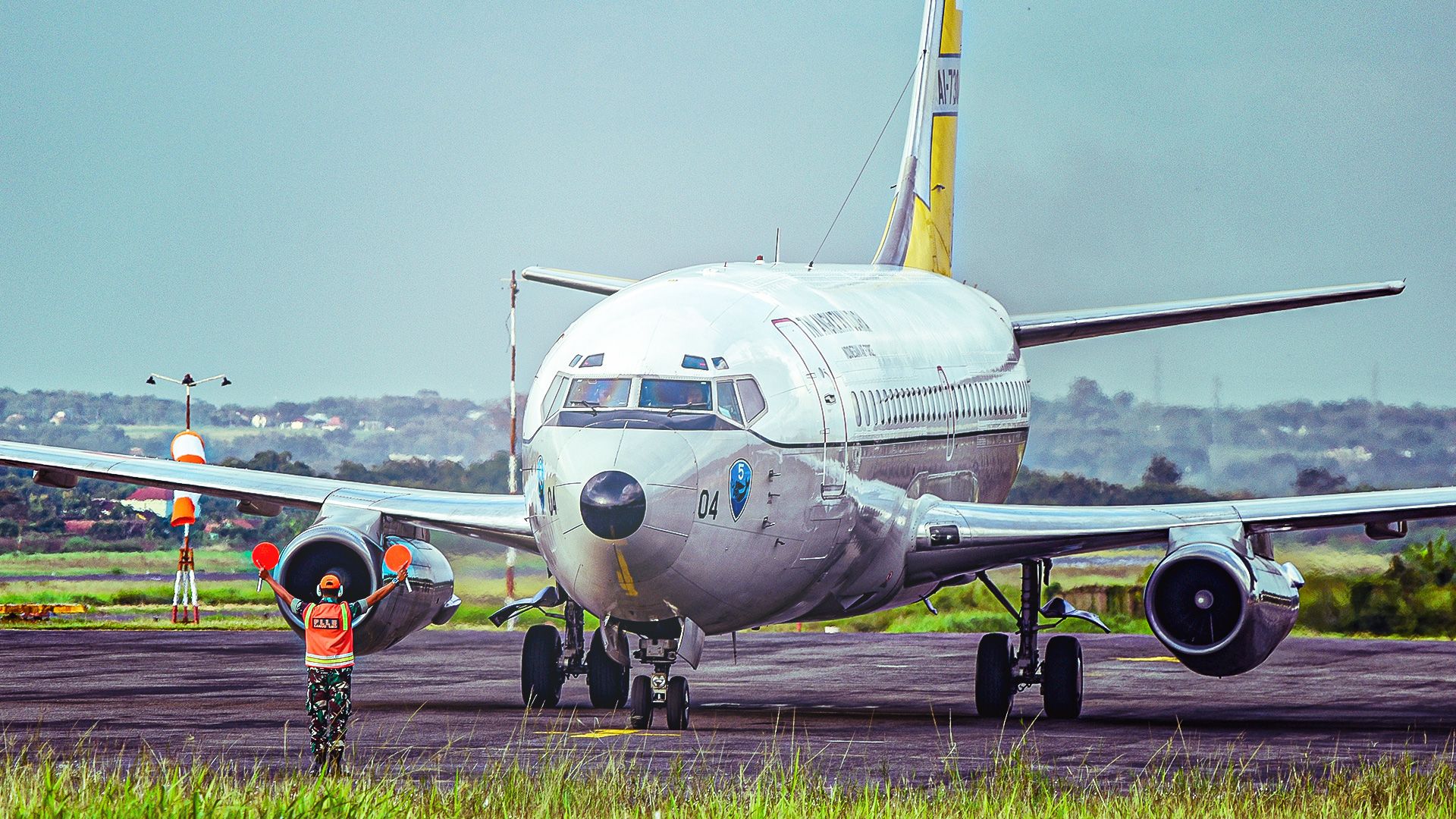UPDATE: Aviation enthusiasts and travelers alike can now distinguish between the various Boeing 737 variants with a newly released definitive guide. This guide highlights significant design differences that define each generation of this iconic aircraft family, making it essential for anyone interested in aviation.
JUST ANNOUNCED: The latest insights from The Points Guy emphasize how even the smallest details, such as the shape of the engines and winglets, can help spotters identify specific models. With the Boeing 737 being the world’s best-selling commercial jetliner, understanding its generations is crucial for both enthusiasts and frequent flyers.
The Boeing 737 has evolved through four primary generations: Original, Classic, Next Generation (NG), and MAX. Each version showcases unique features that can be recognized visually. For instance, the Original models like the 737-100 and 737-200 are notably shorter with smaller engines, while the newer models, including the 737-800 and MAX 8, have adopted larger wings and advanced cockpit systems.
Spotters can easily identify Classic models, such as the 737-300 and 737-400, by their flat-bottom engine nacelles, famously dubbed the “hamster pouch” shape. The NG models, introduced in the late 1990s, feature smoother nacelles and new winglet designs, making them distinct.
WHY THIS MATTERS NOW: As airlines worldwide operate multiple 737 variants, understanding these visual cues is more important than ever. With airlines like Southwest Airlines and British Airways frequently using similar liveries, spotting the right model can enhance the experience for aviation enthusiasts and travelers alike.
The MAX series, launched in the 2010s, takes the evolution further with larger engines mounted higher on the wings and distinctive split-tip winglets. The visual differences between a 737-800 and a MAX 8 are becoming clearer, allowing spotters to distinguish models using features such as engine size and tail design.
A recent survey from Airliner Spotter highlights that counting doors and exits is one of the most reliable techniques for identifying the correct variant. For example, the 737-400 has two over-wing exits, while the MAX 10 includes additional exits based on fuselage length.
As spotting communities grow on platforms like Facebook and Reddit, they share insights and comparisons that help newcomers refine their skills. Enthusiasts are encouraged to study profiles and silhouettes of various 737 models to become more proficient at identifying them in real-time.
According to aviation experts, lighting conditions can significantly impact visibility. Spotters are advised to take photos for later review to confirm their identifications, especially when shadows obscure critical details.
As this knowledge spreads, the excitement around identifying Boeing 737 variants is surging. The new guide not only serves as a practical tool for spotting but also deepens appreciation for aircraft design and engineering, enhancing the overall experience for aviation lovers worldwide.
WHAT’S NEXT: With the continuous introduction of new aircraft models and slight modifications to existing ones, spotters are encouraged to stay updated on industry changes. Engaging with online communities and utilizing flight tracking apps can further enhance skills and confidence in identifying different Boeing 737 variants.
The world of aviation spotting is evolving rapidly, and having the right tools and knowledge can make all the difference. This urgent guide serves as a crucial resource for anyone eager to sharpen their spotting skills and enjoy the thrill of recognizing Boeing 737 variants on the runway or in the sky.







